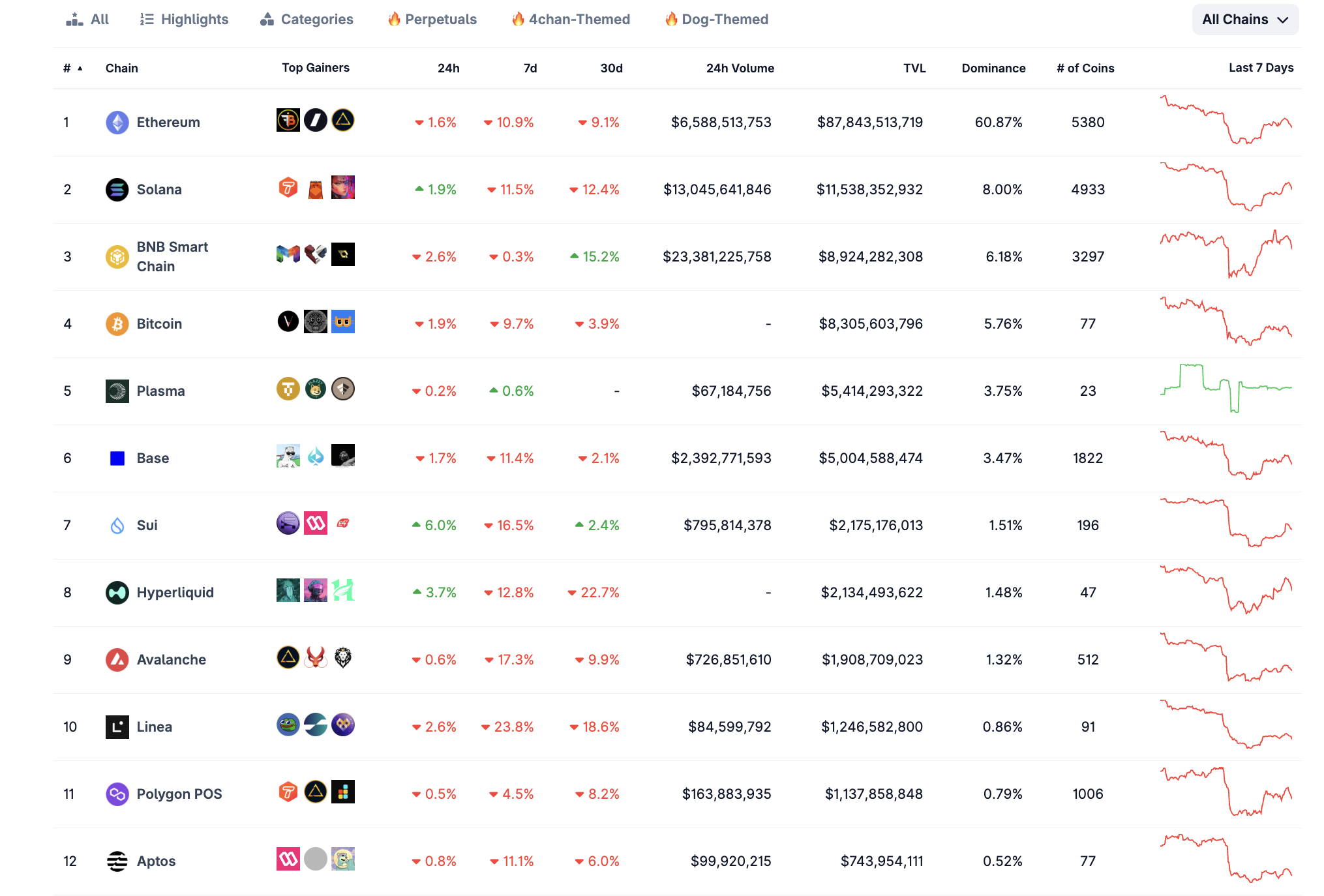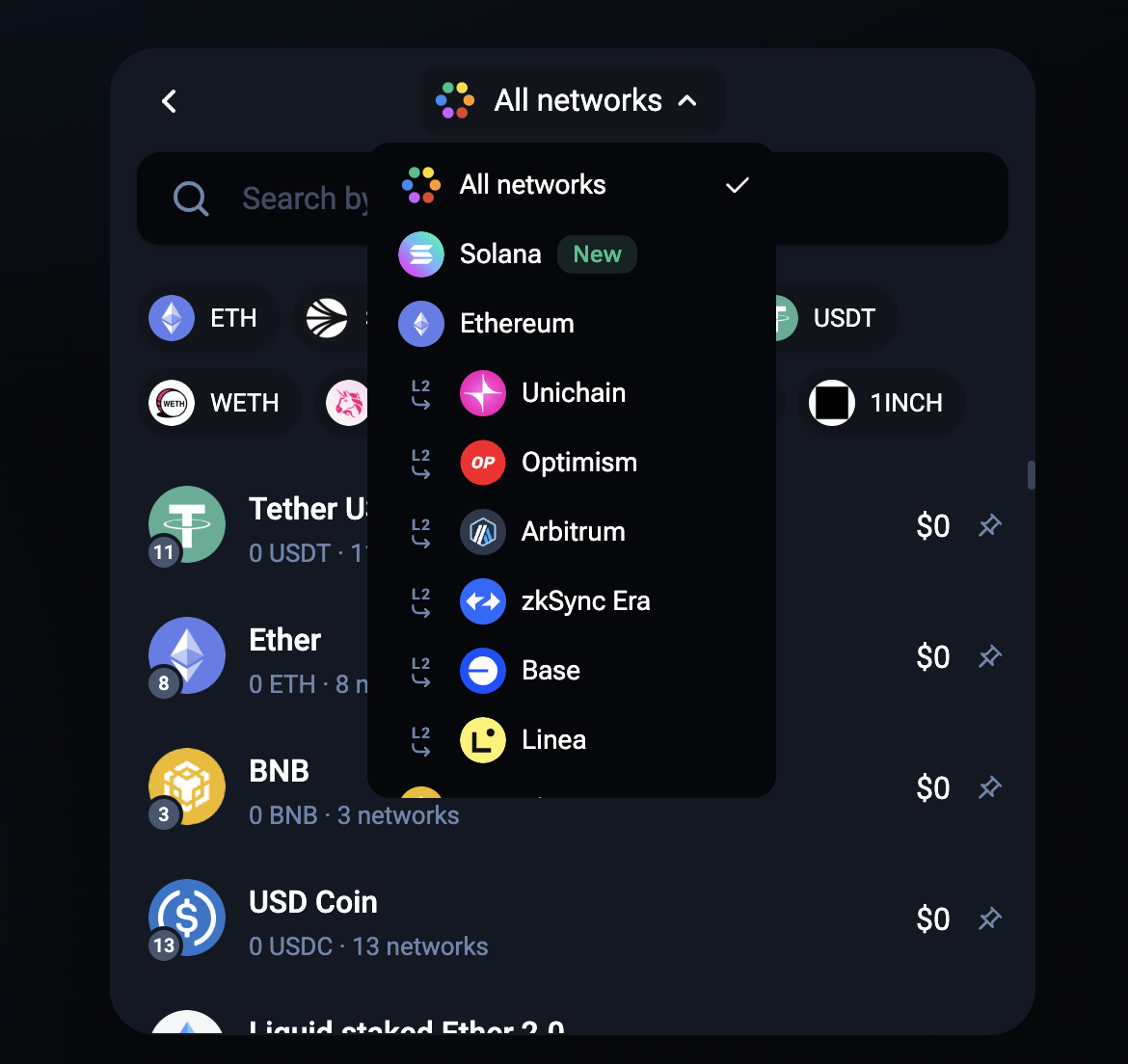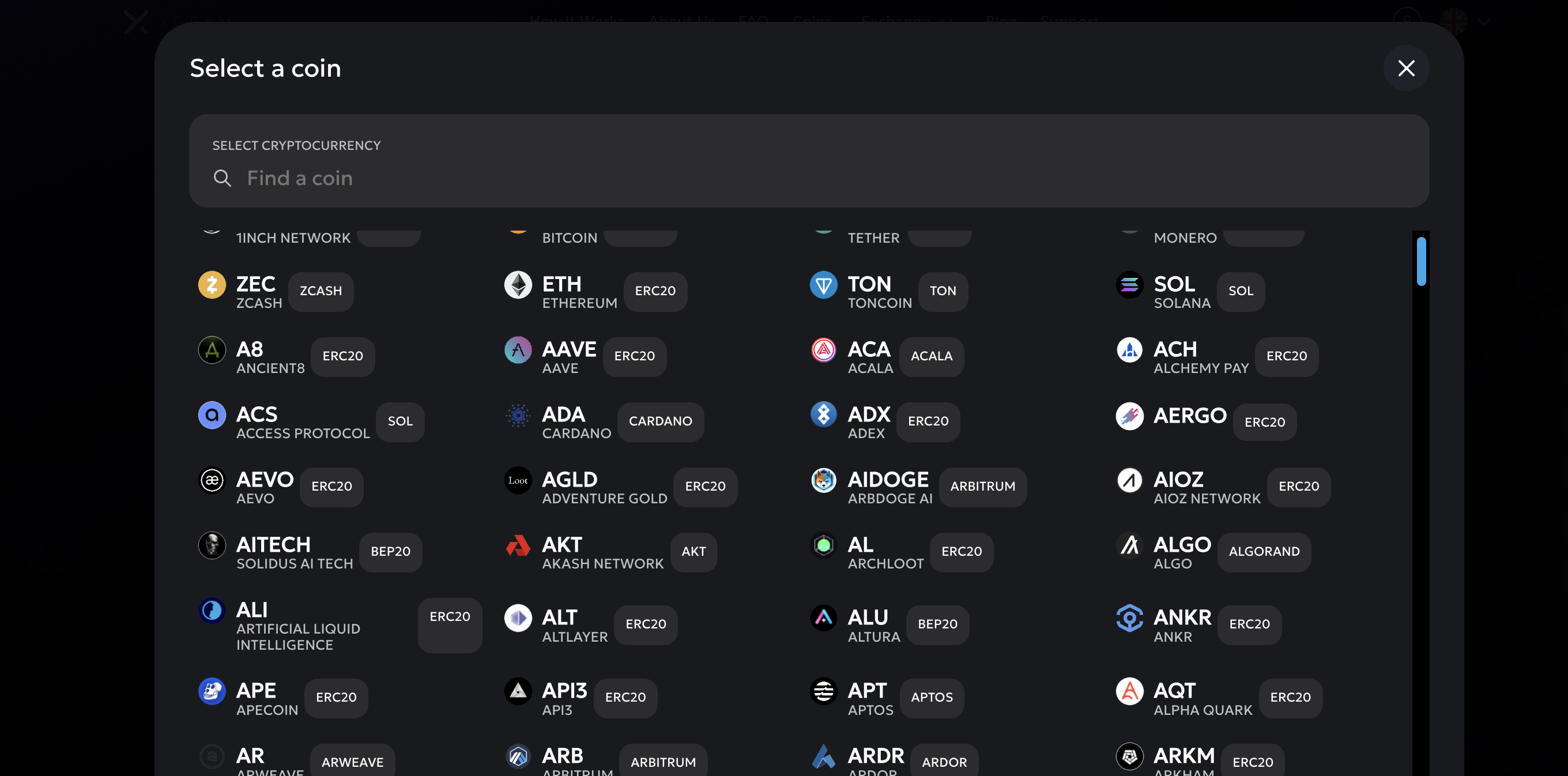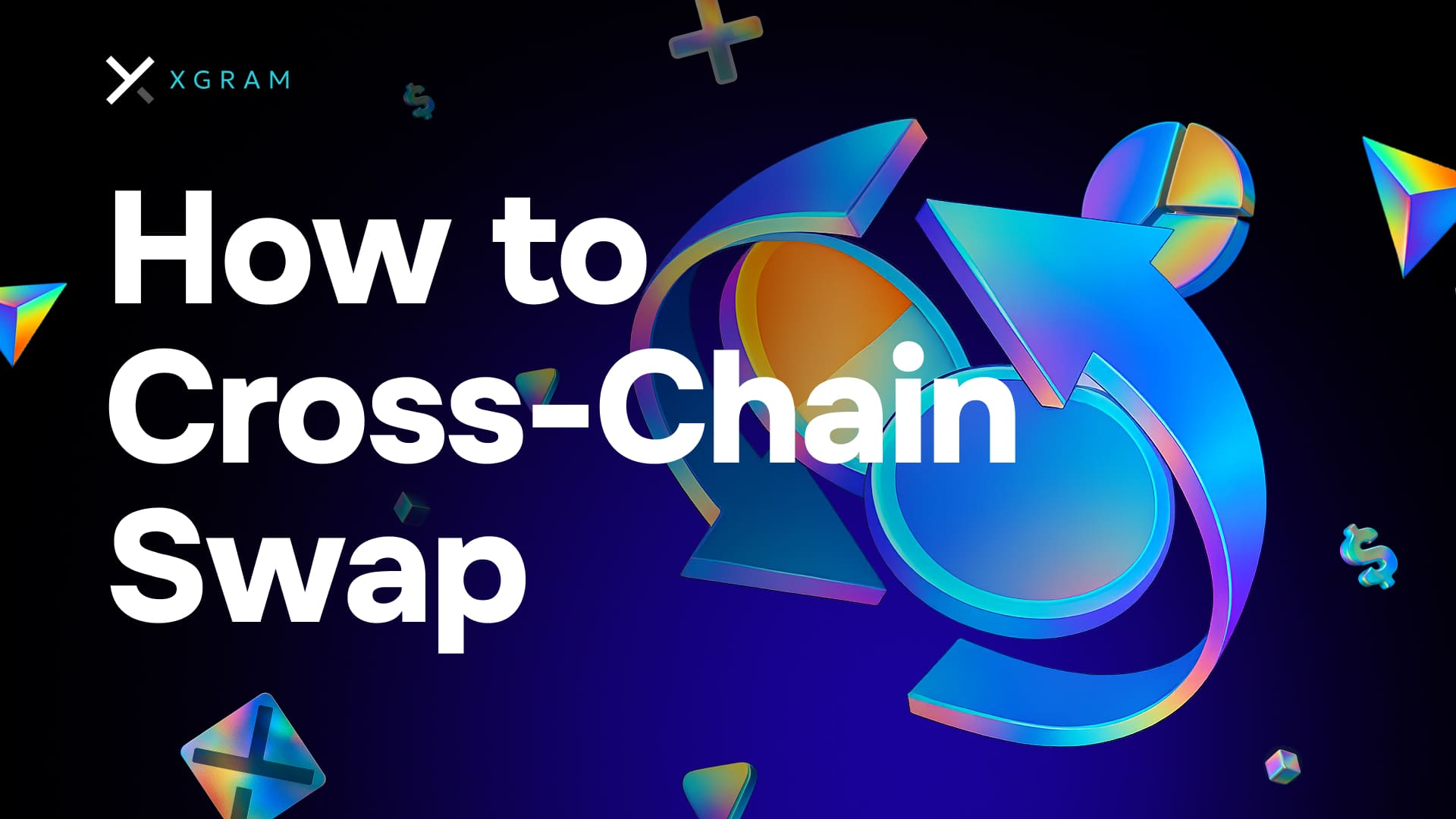Cross chain swap is quickly becoming an essential tool in DeFi. By allowing you to move assets directly between two different blockchains, it opens fresh opportunities for trading, arbitrage, and portfolio flexibility. Most importantly, it helps you maintain full control of your wallet without routing your tokens through centralized exchanges. Below, you will find an in-depth guide on how cross chain swaps work, why they matter, and how you can confidently get started.
Grasp cross chain basics

A cross chain swap is a trust-minimized way to exchange cryptocurrency across two or more blockchain networks. Picture wanting to swap tokens on Ethereum for tokens on BNB Chain, but you do not want to deposit your assets with a centralized exchange. A cross chain swap handles that trade directly, so you avoid extra intermediaries or complex withdrawal steps.
This swap relies on a specific type of smart contract known as an atomic swap contract. The word “atomic” here means the transaction either completes in full or does not happen at all. In other words, you get your new tokens only if you send out the old ones, and the other party gets theirs only if they send you the correct amount back. If any step fails, everything is safely canceled.
A few concepts help cross chain swaps to function:
- Hash time-locked contracts (HTLC): A smart contract that locks up funds until certain conditions are met, typically involving a secret hash and a time limit.
- Relays or validators: Some protocols use a network of nodes that confirm events on different blockchains. These nodes verify that you have deposited your tokens on one chain, then trigger a release of tokens on another.
- Bridges: A bridge is a protocol that connects two separate blockchains, allowing data or tokens to pass between them. A cross chain swap can occur within a single bridging system or across multiple bridging networks.
When you first hear about these terms, it can sound productive yet complicated. Good news, though—this can be easier than it seems once you understand the flow. On many cross chain swap platforms, you never see the messy details of hashing or bridging. Instead, you input the token and amount you want to swap, confirm the transaction, and let the protocol do the heavy lifting.
Understand why swaps matter
Cross chain swaps empower you to explore different ecosystems without giving up control of your private keys. If you are aiming to engage in DeFi trades that span multiple blockchains, cross chain swaps ease the process, reduce fees, and save time. Instead of bridging funds manually or visiting multiple exchanges, you can move your tokens in a single workflow. This expanded mobility can unlock new yield-farming opportunities, faster arbitrage, and better investment diversification.
Below are a few reasons cross chain swaps are making waves among intermediate and advanced DeFi users:
- Full control of your assets: You no longer need to trust a centralized service or lock up tokens on an exchange. You remain in charge of your private keys.
- Lower transaction costs: Sometimes, bridging or converting tokens on a centralized exchange incurs a series of deposit, withdrawal, and trading fees. A single cross chain swap can be more cost-effective.
- Faster settlement: Rather than waiting around for lengthy deposit or withdrawal confirmations, an atomic swap finalizes quickly if both parties fulfill their roles.
- Interoperability benefits: The multi-chain future of DeFi demands flexibility. By mastering cross chain swaps, you position yourself to jump on new opportunities across multiple blockchains.
Industry observers note that advanced investors, traders, and arbitrageurs have driven much of the adoption for these swaps—particularly those who need to react quickly to market changes across multiple platforms. Although cross chain swap solutions vary in sophistication, the overall trend is clear: bridging the gap between blockchains is critical if you want to keep pace in today’s DeFi landscape.
Pick the right approach
You have a few methods to perform a cross chain swap. Each approach comes with different user experiences, fees, and security models.

Decentralized exchange aggregator
Some third-party sites compile multiple decentralized exchanges (DEXs) across blockchains. For example: 1inch, Sushi, PancakeSwap. You can select your tokens, and the aggregator routes the trade to the best possible path. These aggregators often handle bridging or cross chain steps behind the scenes, though you may pay extra fees for that service. However, they save you time by automating comparisons so you do not have to jump from one chain’s DEX to another.Native chain bridges
Many blockchains, such as Polygon or Avalanche, offer official bridges to move tokens back and forth to Ethereum. You typically lock up your tokens in a smart contract on the first chain, and mint a wrapped version on the second chain for you to use. If you want to get your original tokens back, you reverse the process. These official bridges are often designed for specific blockchains, so they can be a reliable option if you only need to operate within two networks at a time.Multi-chain DEXs
Some DEXs operate across several blockchains, effectively bridging them within the same dApp. Users can swap from one token on chain A to a different token on chain B. The entire sequence might rely on complex routing, but from your perspective, it looks like one fluid trade. This is a convenient single-stop solution if the DEX has the liquidity you need.Atomic swap protocols
In some cases, users opt for a protocol that specifically focuses on atomic swaps. You both deposit your tokens into a smart contract that has a time lock. If each party confirms and reveals the correct secret hash, the tokens release. Otherwise, they revert after the deadline. While this approach can feel more “hands-on,” it is highly trustless and does not require a bridging service.
Factors to compare
When deciding which method to use, it helps to weigh several factors:
- Fee structure: Check whether there are bridging fees, aggregator fees, or gas costs on both blockchains.
- Transaction speed: A swap might complete in seconds on some protocols and take much longer on others, due to block times and bridging complexity.
- Security and reliability: Established bridges or multi-chain DEXs might offer thorough audits and a good track record. Others might be new or untested.
- Liquidity: Not all tokens are supported equally across different platforms. A large aggregator or well-known DEX might handle major tokens more easily.
These considerations help you make an informed choice. If you are an advanced DeFi user, your priorities might revolve around speed and liquidity—though cost and reliability still matter. If you are more conservative, you might prefer official or well-audited bridging solutions.
Avoid common pitfalls
While a cross chain swap can streamline hours of bridging or exchanging, it also comes with potential risks and mistakes. Here are a few to look out for:
- Sending tokens to the wrong chain: One slip in chain selection can cause irretrievable losses. Always double-check the chain you intend to use.
- Overpaying on fees: Some bridging protocols and aggregators carry hidden or dynamic fees. Confirm fee details, and compare your options before committing.
- Low liquidity pairs: You might be attempting a cross chain swap on a token pair with minimal liquidity, which leads to large slippage and an unfavorable exchange rate.
- Unverified or malicious platforms: Rogue sites can trick users into sending tokens through a “bridge” that vanishes. Sticking to reputable projects or well-audited protocols helps reduce the risk.
- Smart contract bugs: Even legitimate platforms have faced hacks due to smart contract flaws. While you cannot eliminate risk fully, researching audits and user feedback can lower the odds of a security breach.
Maintaining caution can go a long way here. Check community trust levels on new bridging projects, confirm that your wallet is configured for the correct chain, and always watch out for pop-ups or signature requests that seem suspicious.
Try Xgram for more efficiency

Xgram is a cross chain exchange aggregator that many DeFi users are exploring to save on fees and simplify transactions. First, Xgram scans multiple bridges and liquidity pools, aiming to find the most efficient route for your swap. Second, it bundles operations so you do not have to process each step individually. Third, it features an intuitive dashboard that shows fees upfront, keeping you informed. Fourth, you can often save money because Xgram minimizes steps, reducing bridging and DEX trading costs. Finally, Xgram continues to expand its supported blockchains, which broadens your potential pool of tokens to swap. Among other things, you are sure to find the token you need there, as there are more than 10,000 pairs.
Frequently asked questions
What is the difference between a cross chain swap and a simple token swap on one DEX?
A simple token swap on one DEX typically occurs on a single blockchain, for example trading ETH for DAI on Ethereum. A cross chain swap, on the other hand, lets you exchange tokens that reside on entirely different blockchains. It typically involves an underlying mechanism, like a bridging protocol, to ensure each chain acknowledges and releases the correct tokens.
Does a cross chain swap always require a third party?
Not necessarily. If you use a true atomic swap protocol with hash time-locked contracts, you and the other party can do it directly without a centralized or decentralized third party. However, in many cases, you do rely on bridging or aggregator services that act as a trust-minimized or partially trusted intermediary.
Can I perform a cross chain swap with any crypto token?
Only if the bridging or aggregator platform supports that token’s blockchain and has enough liquidity or a default bridging mechanism. Some tokens might require wrapping, so check the platform’s list of supported assets carefully before swapping.
How long does a cross chain swap take?
It varies. On faster blockchains, your swap could finalize in minutes, while slower blockchains may take longer. Also, aggregator-based swaps might involve multiple transactions behind the scenes, adding a bit of extra time. Always watch for any time-lock countdowns if you use an atomic swap.
What are the main fees to consider?
The most common charges include the blockchain gas fee, aggregator or bridging fees, and possible DEX liquidity pool fees. Some platforms show you an estimated total fee before you click “Confirm,” so be sure to review it and compare with alternatives like Xgram or native chain bridges.
Summarize your next steps
Cross chain swaps are becoming a must-have skill for investors seeking to diversify and move seamlessly across multiple blockchains. By understanding the core mechanics—contracts, bridges, aggregator solutions—and practicing safe habits, you can lower your costs while expanding your opportunities. Here is how you could get started:
- Choose a reputable cross chain swapping solution or aggregator that supports your preferred tokens.
- Practice on a small amount to see how fees and confirmations work.
- Keep track of the bridging or aggregator costs, and compare across different services to find savings.
- Stay updated on new cross chain swap options and watch for major audits or user reviews to reduce risk.
When you take time to master cross chain swaps, you are free to chase liquidity, arbitrage, or new yield strategies in a fraction of the time. You will also maintain true ownership of your assets, seeing firsthand the power of decentralized finance. If you have not yet stepped into this world, there has never been a better moment to dive in. You have the knowledge—now put it into action. Good luck, and enjoy the freedom of multi-chain DeFi.




